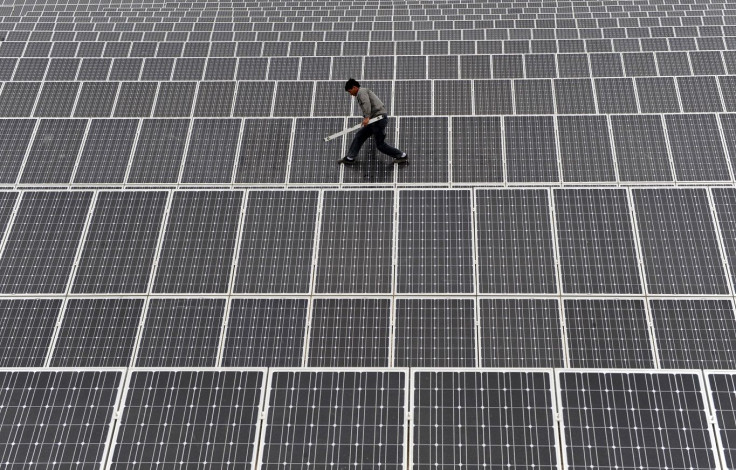US Solar Market To Surpass 10 GW Mark In 2018

The United States is currently the third largest solar market in the world, with a total of 5.4 gigawatt solar power plants installed across the country. By next year, the said market will jump to second place and will start securing a stronger position in 2018, the year when it is predicted to hit and eventually surpass the 10 GW mark.
According to Solar Industry Magazine, today, wind, geothermal, hydrothermal and solar energy provide almost 75 percent of the 1,299 MW of the country’s new electrical generating capability placed into service in the first three months of 2015. The Federal Energy Regulatory Commission, or FERC, said that the U.S. is now in the process of realigning its existing regulations on alternative energy tariffs. Over the past few years, several American companies focused on solar technology have shut down operations due to cheaper products from China.
In 2012, the government imposed several anti-dumping duties on Chinese-made cells essential in making solar panels. So far, the strict regulations on overseas cells are helping the revival of the U.S. solar manufacturing segment, making solar applications cheaper and more accessible to many.
In 2014, as a result of the government’s enthusiastic campaign on introducing solar technology to wider audiences, the residential PV installation grew by 51 percent from 2013. The current PV growth in the U.S. is good news to the emerging titanium dioxide suppliers that are expected to join the global market in the years to come.
White Mountain Titanium Corporation (OTCQB:WMTM), a Chile-based rutile exploration firm expected to debut in 2017, is capable of producing high-quality titanium dioxide minerals since it utilises the Chinuka Process, the newest technology in the titanium dioxide extraction segment. Chinuka is capable of eliminating the lengthy and expensive methods present in traditional titanium mineral extraction processes today.
Titanium dioxide is an essential component in various PV applications, especially in solar cell coating. The mineral has photocatalytic properties that help sunlight set off a reaction on the surface of its molecules and make energy transfer within the panel more efficient.
Currently, American solar stocks are losing the popularity it once had due to weak oil prices. However, experts believe that this will be an ongoing trend since the U.S. market is constantly growing. Thus, this suggests that the recent losses suffered by some of the fundamentally strong solar stocks can be a perfect buying opportunity for the investors.
The U.S., as it heads to being the largest solar market in the globe, will produce more valuable stocks in the future. There will be more start-ups, expansions, and partnerships in the years to come as the PV market grows.
In 2014, the U.S. solar market expanded by 30 percent year-on-year. The record-breaking feat is buoyed by strong contribution from giant local segments such as utility, commercial, and residential. Local trade organisation Solar Energy Industries Association predicts a total of 8.1 GWdc-new installations this year, a 31 percent increase from 2014.
Contact the writer: a.lu@ibtimes.com.au






